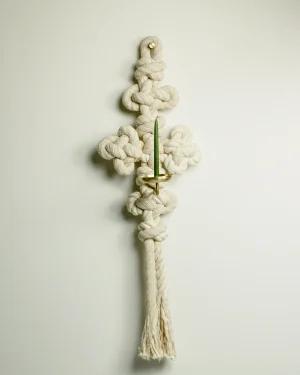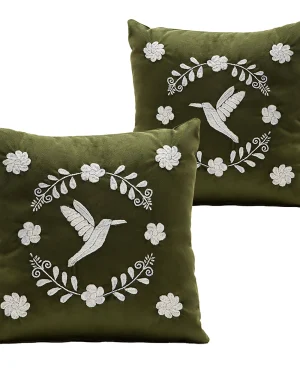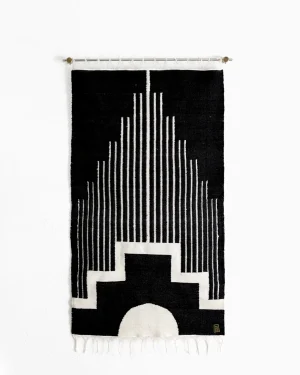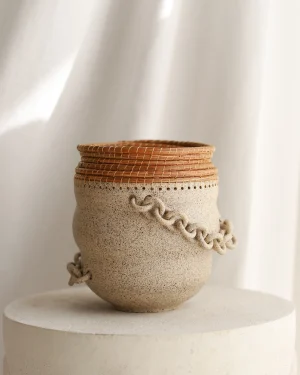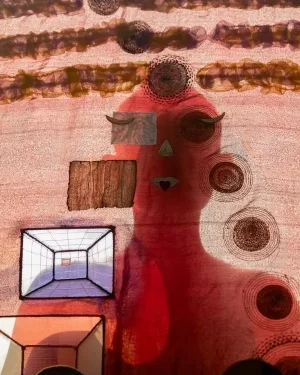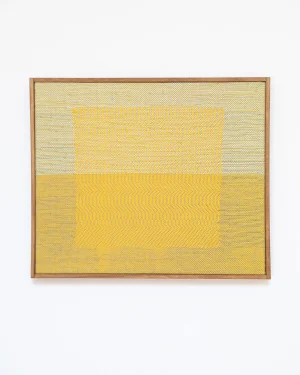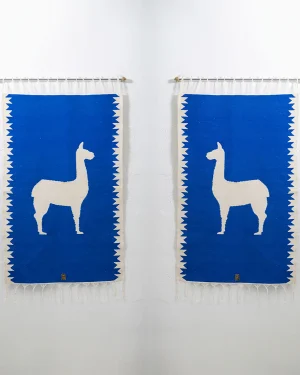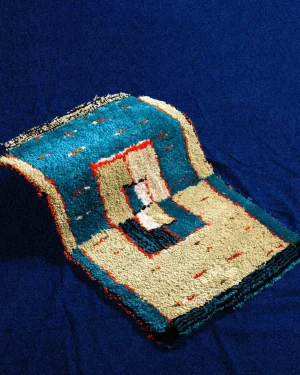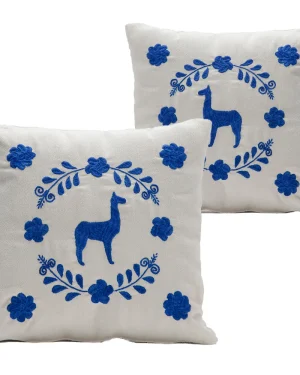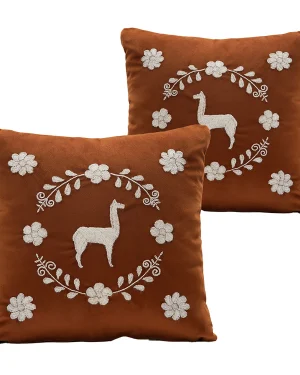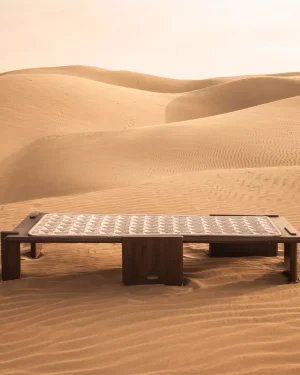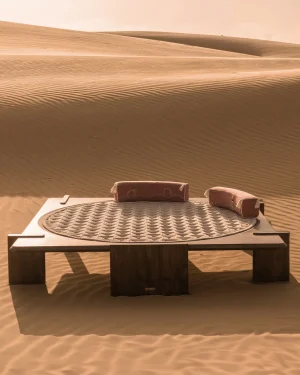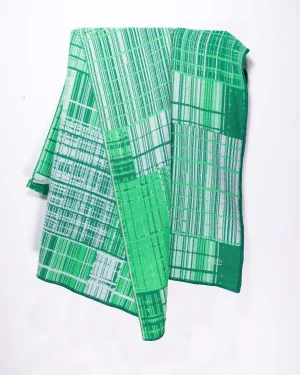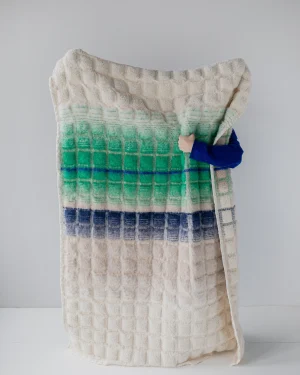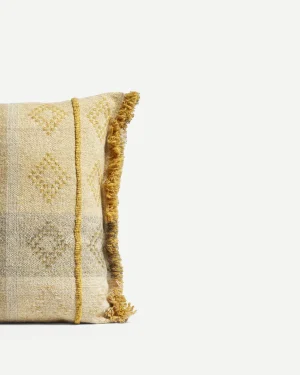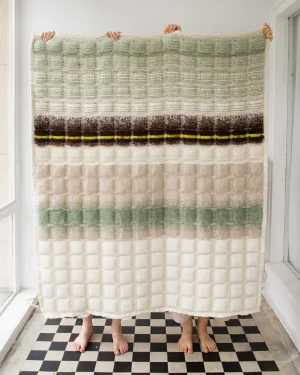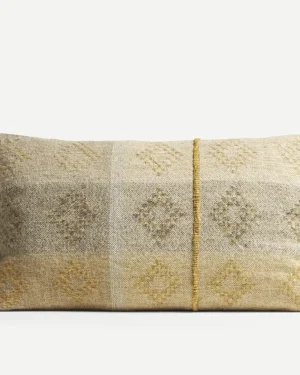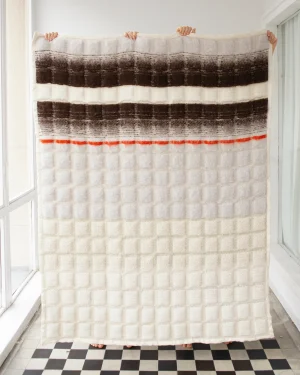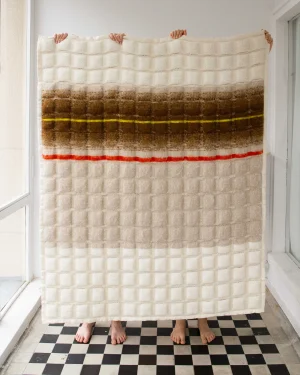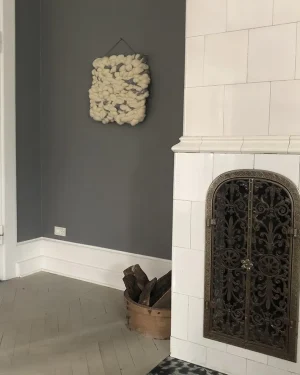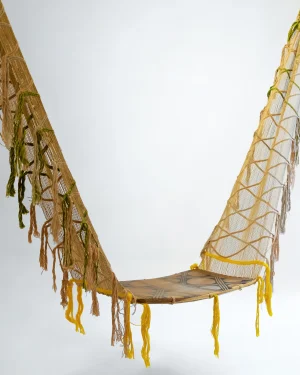Weaving, one of the oldest forms of textile production, combines tradition and innovation in its diverse applications. This craft has evolved from basic hand techniques to intricate loom-based creations, offering both functional and aesthetic values. Today, weaving stands as a testament to cultural heritage while adapting to modern design sensibilities.
Origins of Weaving in Art and Design
- Traces back to the Neolithic era, with early examples found in various ancient civilizations.
- Influenced by cultural, geographical, and material availability, leading to diverse weaving styles.
- Originated independently across the world, from ancient Egypt to China, reflecting a universal human skill.
- Developed as a necessity for producing clothing and household items, later evolving into an art form.
Components of Weaving
- Threads and Yarns: The basic building blocks, available in materials like cotton, wool, silk, and synthetic fibers.
- Looms: Devices used to hold and interlace threads, ranging from simple hand looms to complex mechanical systems.
- Shuttle: A tool used to carry the weft yarn across the loom, integral to the weaving process.
- Reed and Heddles: Used for aligning the warp threads and creating different weaving patterns.
Techniques in Weaving Design
- Plain Weave: The simplest and most common weaving technique, creating a basic crisscross pattern.
- Twills: Producing a diagonal rib or twill line, giving the fabric a distinctive pattern.
- Jacquard Weaving: A complex process allowing for intricate designs and textures in fabrics.
- Tapestry: An art form where weft yarns of various colors are woven to create a pictorial design.
Current Uses of Weaving
- Home Textiles: Creating items like rugs, curtains, and upholstery with both functional and decorative appeal.
- Fashion: Woven fabrics used in clothing, accessories, showcasing texture and design.
- Artistic Pieces: Tapestry and other weaving forms used to create wall hangings and artwork.
- Benefits: Weaving offers versatility, cultural significance, and sustainability in textile production.
The Essence of Weaving
Weaving is more than a craft; it is a connection to our past and a pathway to sustainable design. This ancient art form provides a canvas for expression, allowing artists to weave together stories, traditions, and innovations. From the rhythmic interlacing of threads on a loom to the final artistic piece, weaving embodies a blend of skill, creativity, and cultural heritage.
 In stock
In stock In stock
In stock In stock
In stock Sold
Sold In stock
In stock
 In stock
In stock
 In stock
In stock In stock
In stock In stock
In stock In stock
In stock In stock
In stock In stock
In stock
 Sold
Sold
 In stock
In stock Sold
Sold Sold
Sold In stock
In stock